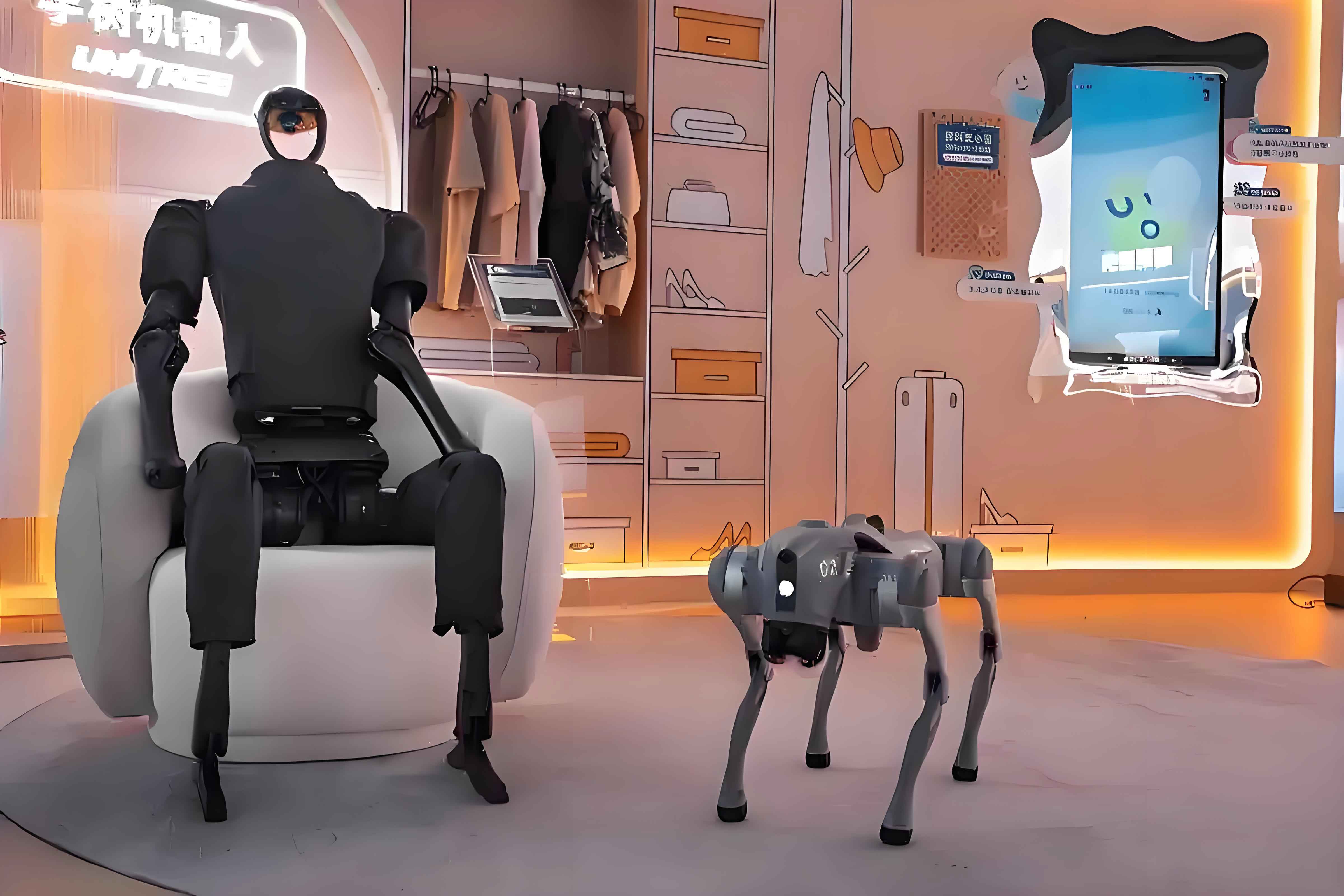The journey of humanoid robots from conceptual marvels to commercial reality has accelerated dramatically. With breakthroughs in hardware, software, and industrial applications, 2025 is poised to become a pivotal year for the mass production of humanoid robots. This article explores the technological advancements, market dynamics, and challenges shaping this transformative industry.

Current State of Humanoid Robot Development
Humanoid robots are transitioning from lab prototypes to functional assets in manufacturing, logistics, and service sectors. Companies like Tesla, Ubtech, Unitree, and Agility Robotics are leading the charge, demonstrating tangible progress in real-world applications.
Key Industry Milestones
| Company | Milestone | Timeline |
|---|---|---|
| Tesla | Optimus humanoid robot deployed for repetitive tasks in Fremont factory | 2024 |
| Ubtech | Walker S1 achieves 30% stability improvement in BYD factory trials | 2025 (Q2 target) |
| Unitree | G1 humanoid robot sells out within 24 hours of pre-sale launch | February 2025 |
| Agility Robotics | Digit robots integrated into Amazon warehouses for parcel handling | 2023–2025 |
These milestones highlight the growing confidence in humanoid robots’ ability to perform tasks traditionally reliant on human labor.
Market Projections and Growth Drivers
The global humanoid robot market is on an exponential growth trajectory. According to GGII (Gao Gong Robot Industry Research Institute), the market size is projected to expand from 1.02billionin2024to1.02billionin2024to15.1 billion by 2030, with unit sales surging from 11,900 to 605,700 during the same period.
Market Growth Forecast (2024–2030)
| Metric | 2024 | 2030 | CAGR |
|---|---|---|---|
| Market Size | $1.02 billion | $15.1 billion | 45.2% |
| Unit Sales | 11,900 | 605,700 | 68.5% |
Key drivers include:
- Labor Cost Reduction: Humanoid robots offer long-term savings in manufacturing and logistics.
- Technological Maturation: Advances in AI, motion control, and sensor systems.
- Industry Partnerships: Collaboration with automotive giants (e.g., BYD, Geely, Tesla).
Hardware Challenges: The Road to Scalability
Mass production of humanoid robots hinges on overcoming bottlenecks in critical hardware components.
Core Hardware Components
| Component | Function | Key Challenge | Market Leaders |
|---|---|---|---|
| Planetary Roller Screw | Converts rotational to linear motion | High-precision manufacturing and material scarcity | GSA (Swiss), Rexroth (Germany) |
| Actuation Modules | Joint movement and force control | Cost reduction for motors and reducers | Harmonic Drive, Kollmorgen |
| Sensors | Vision, force, and tactile feedback systems | Integration of multi-modal sensing capabilities | Intel, Sony, Omron |
Case Study: Planetary Roller Screws
A single humanoid robot requires 10–14 planetary roller screws, accounting for 5–8% of total hardware costs. Current global production capacity falls short of projected demand for million-unit scalability. Chinese manufacturers like Xinjian Transmission and Zhenyu Technology are investing heavily to address this gap:
- Xinjian Transmission: Building a $260 million facility for 1 million annual units by 2026.
- Zhenyu Technology: Expanding semi-automated production lines to 50,000 units by 2025.
Software Hurdles: Intelligence vs. Adaptability
The “brain” and “cerebellum” of humanoid robots—AI decision-making and motion control—remain critical bottlenecks.
Software Stack Comparison
| Layer | Function | Progress | Challenges |
|---|---|---|---|
| AI Brain | Task planning, environment perception | Advanced via LLMs (e.g., DeepSeek’s 100B+ parameters) | Generalization across unstructured environments |
| Cerebellum | Real-time motion control and balance | Limited by scarce real-world training data | Dynamic terrain adaptation, energy efficiency |
| Embedded OS | Hardware-software integration | Custom solutions (e.g., Tesla’s Optimus OS) | Latency reduction, multi-sensor fusion |
Data Scarcity in Motion Control
Unlike AI models trained on static datasets, humanoid robots require dynamic, real-world interaction data. Collecting such data across diverse environments (e.g., factories, homes) remains a logistical and financial hurdle.
The Economics of Mass Production
Elon Musk’s vision for Tesla’s Optimus underscores the industry’s ambition:
- 2025 Target: 10,000 units at $20,000/unit.
- 2026 Target: 100,000 units with third-party sales.
Cost Reduction Pathways
| Factor | Current Cost | 2030 Target | Key Enablers |
|---|---|---|---|
| Hardware | $50,000 | $10,000 | Scale economies, localized supply chains |
| Software | $30,000 | $5,000 | Open-source frameworks, modular AI models |
| Integration | $20,000 | $2,000 | Automated assembly, standardized interfaces |
Achieving sub-20,000pricingiscriticaltocompetingwithannualhumanlaborcosts(20,000pricingiscriticaltocompetingwithannualhumanlaborcosts(30,000–$50,000 in manufacturing hubs).
Industry Debates: Humanoid vs. Task-Specific Robots
While humanoid robots promise versatility, skeptics argue that specialized robots (e.g., wheeled AGVs, fixed robotic arms) offer superior efficiency in structured environments.
Performance Comparison
| Metric | Humanoid Robot | Non-Humanoid Robot |
|---|---|---|
| Mobility | Bipedal (1–2 m/s) | Wheeled (3–5 m/s) |
| Energy Efficiency | 500–800 W/h | 200–300 W/h |
| Hardware Cost | 80,000–80,000–120,000 | 15,000–15,000–30,000 |
| Adaptability | High (multi-scenario) | Low (task-specific) |
Proponents counter that humanoid robots’ compatibility with human-centric infrastructure (e.g., stairs, tools) justifies their premium.
Conclusion: 2025 and Beyond
2025 will likely mark the transition from pilot projects to early-stage mass production for humanoid robots. Success hinges on:
- Supply Chain Resilience: Scaling critical components like planetary roller screws.
- AI Breakthroughs: Enhancing real-time decision-making and environmental adaptability.
- Cost Competitiveness: Driving prices below $20,000 to unlock demand in manufacturing and services.
As companies like Tesla and Ubtech ramp up production, the humanoid robot industry stands at the threshold of a new era—one where machines not only mimic human form but also redefine productivity across global economies.
